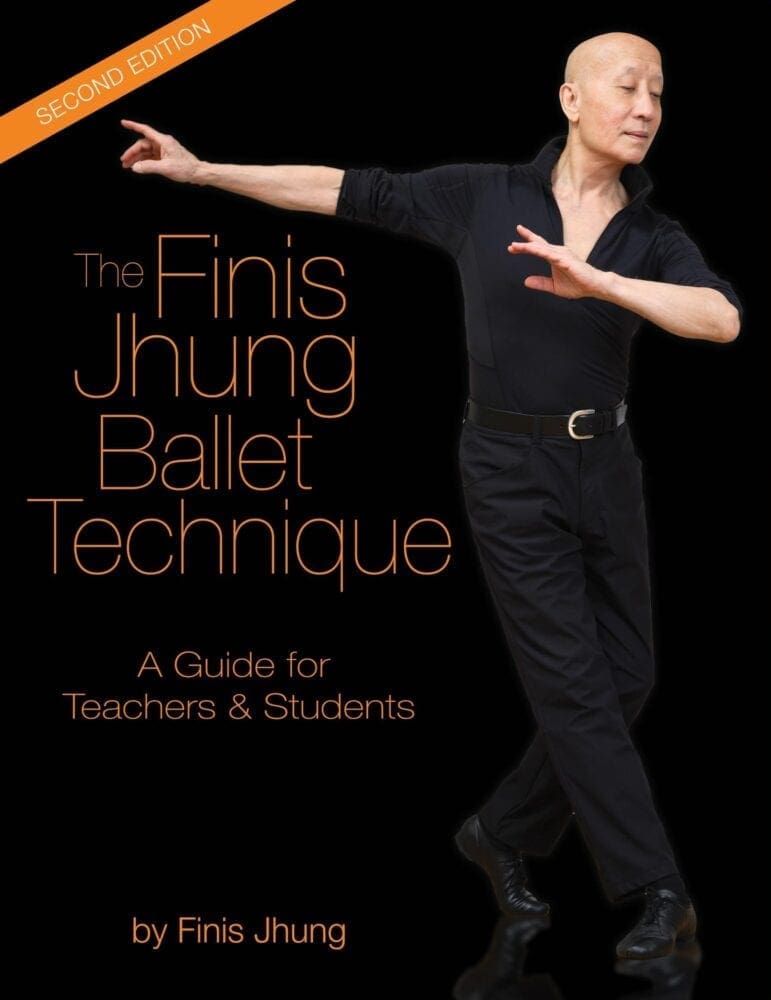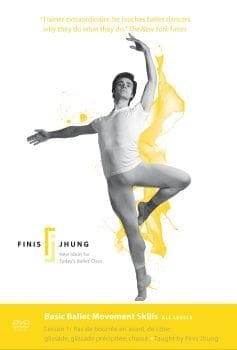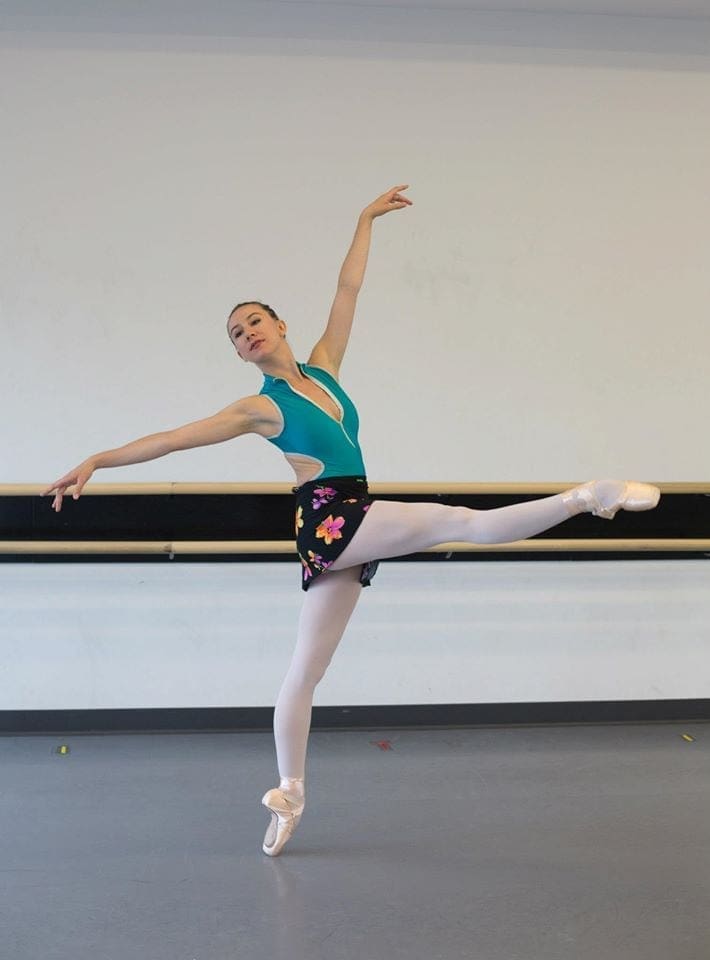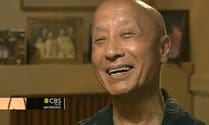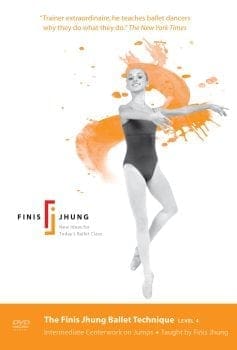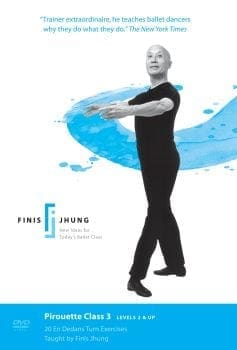Piqué en Arabesque #2
Many students have trouble finding their balance when they piqué in first arabesque. This is the second blog in a series of excerpts from my Guidebook on how to make this all-important step look better.
#2. Walking down the stairs
When you piqué, imagine that you are going down the stairs. On your way down, you don’t lean forward because you will fall. You keep your ears up and your shoulders back. You reach downward for each step with your foot forward and leg extended. After you have placed your foot on the step, you rest momentarily. Use the same principles when you piqué. You may look like you are stepping “up” on your leg when you piqué, but actually you are always stepping down. (Excerpted from “The Finis Jhung Ballet Technique: A Guide for Teachers & Students. Page 274.) https://finisjhung.com/shop/guidebook/

